Ingredients
-
400 g Butter
-
600 g filo pastry
-
100 g almonds finely grated
-
100 g pistachios finely grated
-
100 g walnuts finely chopped
-
6 tablespoons Caster Sugar
-
400 ml Water
-
200 ml Honey
-
4 tablespoons lemon juice
-
1 teaspoon ground cinnamon
Directions
Baklava is a traditional Turkish delicacy made from filo pastry, topped with nuts and coated with sugar and honey syrup.
Although the origin of baklava is not clear, in Turkey believe they designed this sugar dessert. This is probably correct since they blended the influences of the Assyrian, Roman, Persian and Mongol empires.
Specifically, the first written records of baklava date from 1473 from the Topkapi Imperial Palace. The Sultan treated Janissary with baklava on the 15th of the month in a ceremony called the Baklava Alayı.
It is worth mentioning that up until the 20th century, it was a luxury delicacy, accessible only on special occasions. Hence the Turkish saying “I am not wealthy enough to have baklava every day”.
However, the origin of baklava can be traced back to the 8th century BC in the Assyrian kingdom. Specifically, they made a very similar cake of several levels of flatbread with a stuffing of grounded nuts in between, soaked in honey to seal.
In addition, in ancient Rome, there was a well-known dessert called placenta. Cato the Elder even left a description in his capital work De Agri Cultura from 160 BC:
Shape the placenta as follows: place a single row of tracta along the whole length of the base dough. This is then covered with the mixture [cheese and honey] from the mortar. Place another row of tracta on top and go on doing so until all the cheese and honey have been used up. Finish with a layer of tracta. … place the placenta in the oven and put a preheated lid on top of it … When ready, honey is poured over the placenta.
Even today, a dessert called placenta, almost identical to baklava is still being made on the Greek island of Lesbos.
Thanks to Cato, we know placenta was popular in Rome, and therefore in other parts of the Empire. With the demise of the Western Roman Empire, the eastern part was maintained for another 1000 years, and within the Roman culinary heritage. Part of that legacy was baklava.
When the Ottoman Empire conquered Constantinople, present-day Istanbul, much of its legacy took over, and baklava was definitely part of it.
Like many other dishes, the Ottoman Empire was a medium that brought baklava to other parts of the world. That is why it is today a well-known and popular dessert in Greece and the Balkans, the Middle East, the Eastern Mediterranean as well as in Iranian, Arabic, Jewish and Armenian cuisine.
Many nations adopted baklava, each adding something their own. Probably the most significant contribution came from Greece. That’s where the filo dough was invented, which made the baklava look today.
The etymological origin of the word baklava is very complex. Some historians say that it comes from the Mongolian language from the word baγla- ‘to tie, wrap up. According to other authors, the word bayla in Mongolian is a possession word, taken from the Turkish language. Some think that it comes from the Armenian words bakh (lent) and halvah (sweet).
However, in Turkey, baklava became an irreplaceable delicacy and in 2013 the EU awarded Gaziantep Baklavası Protected Geographical Indication.
Steps
|
1
Done
|
Grind walnuts, almonds and pistachios together. |
|
2
Done
|
In a saucepan melt butter. |
|
3
Done
|
Grease a larger baking pan with butter and place filo pastry as follows: |
|
4
Done
|
|
|
5
Done
|
Bake it at 150 C for about 45-50 min until golden. |
|
6
Done
|
When the baklava is in the oven make a syrup. In the saucepan heat water and add sugar, cinnamon, lemon juice and honey. Cook on low heat until all ingredients are melted and you get a syrup. |
|
7
Done
|
When the baklava is ready, remove it from the oven and immediately pour over the syrup. This will give a nice crisp texture. |
|
8
Done
|
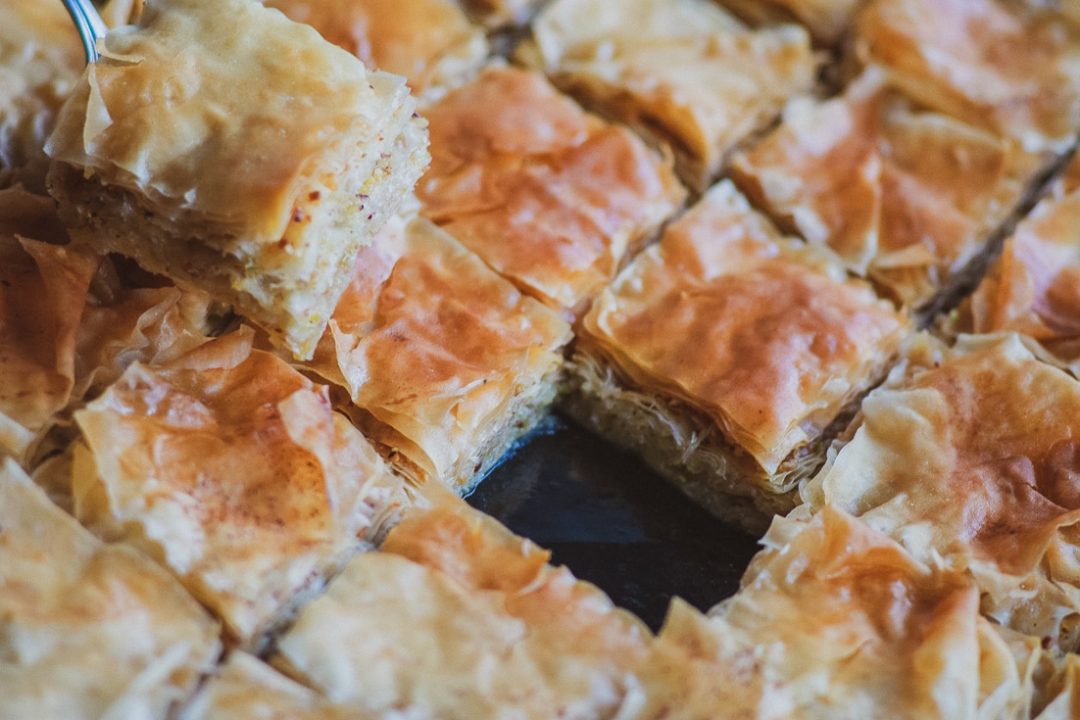


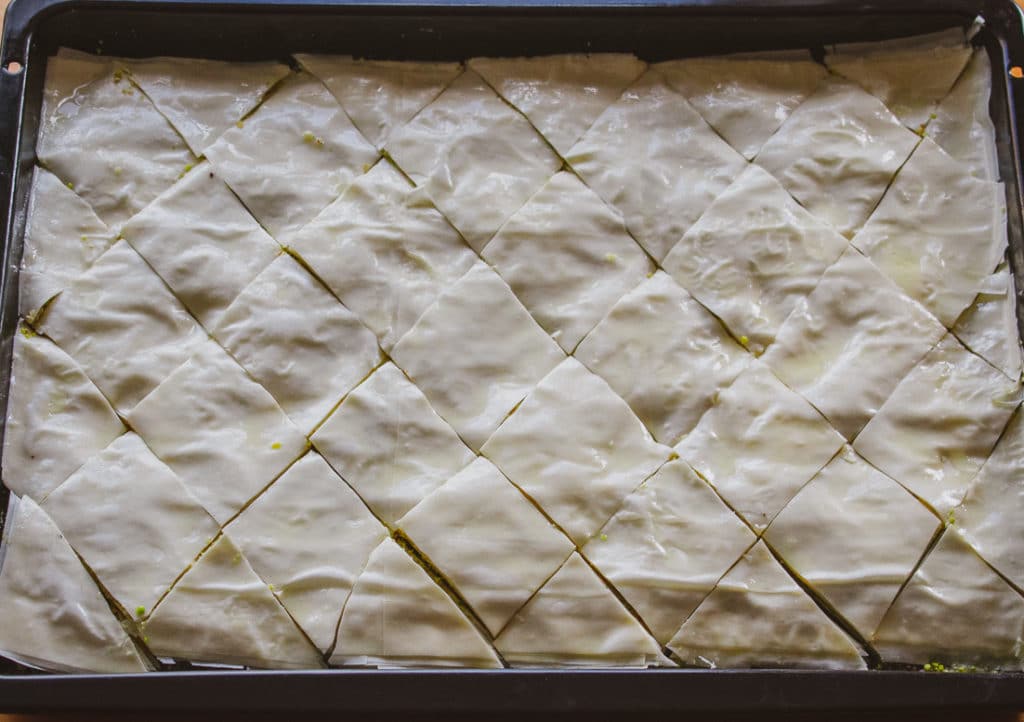
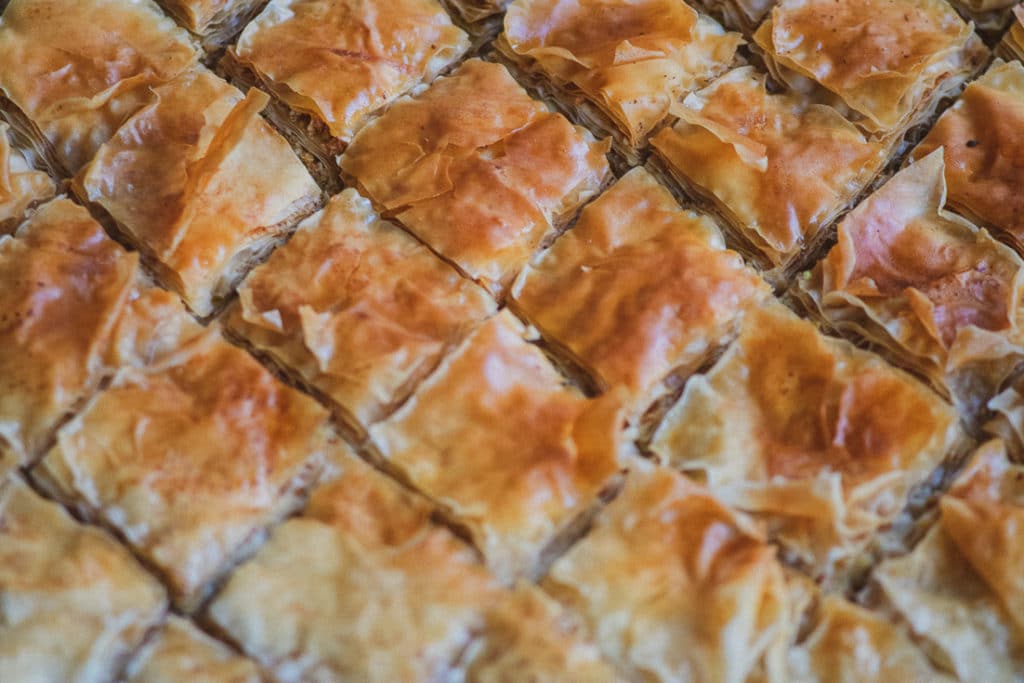
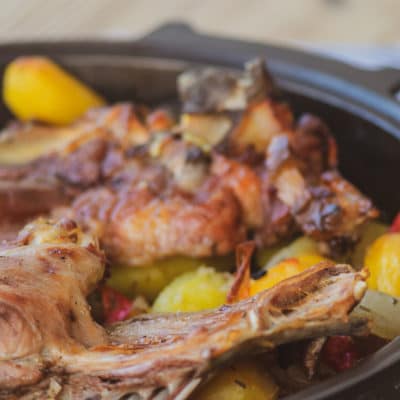
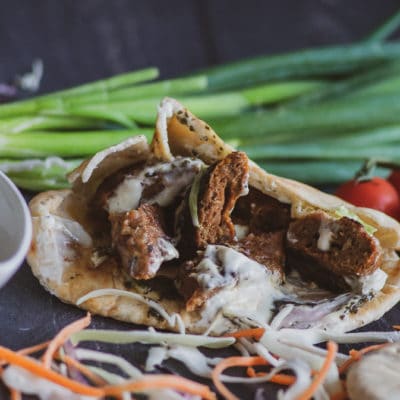
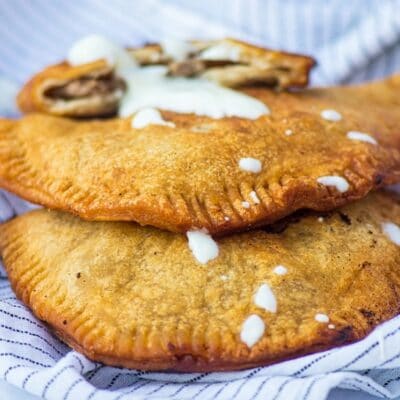
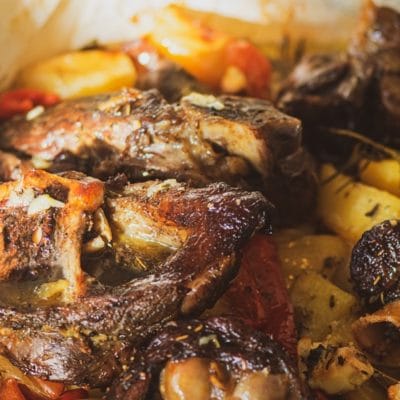
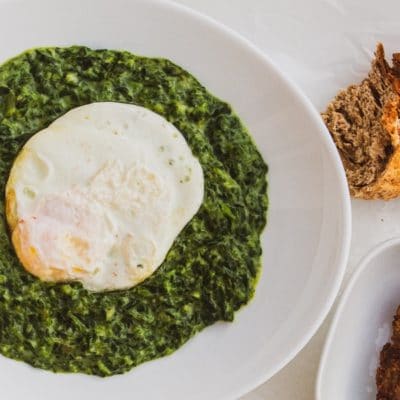
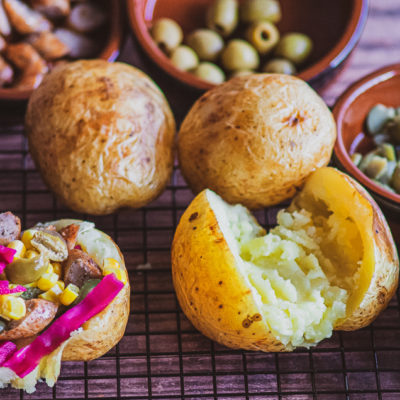
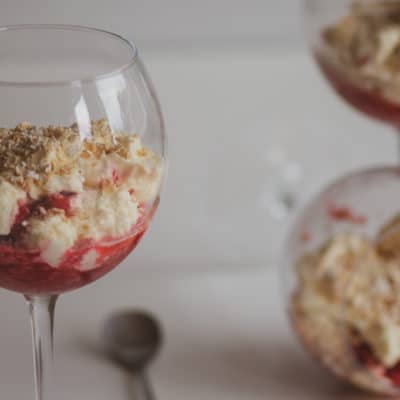
One Comment Hide Comments
I love Baklava